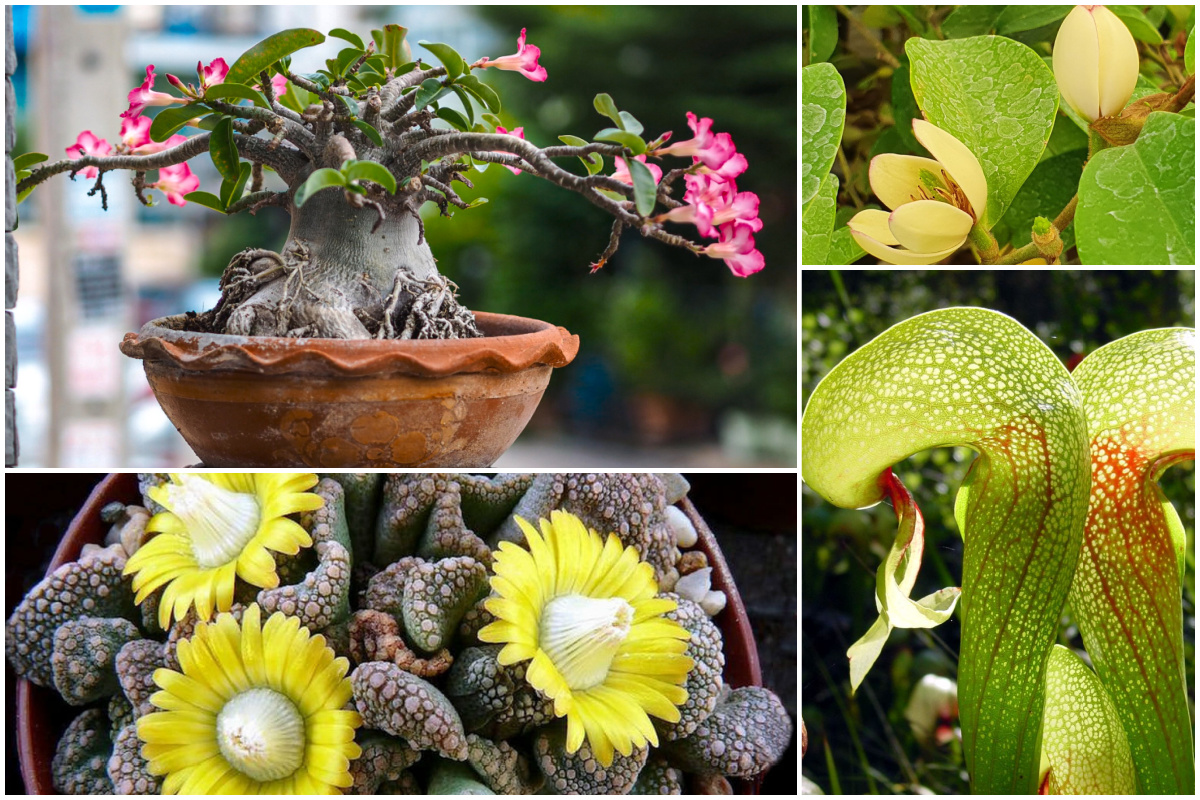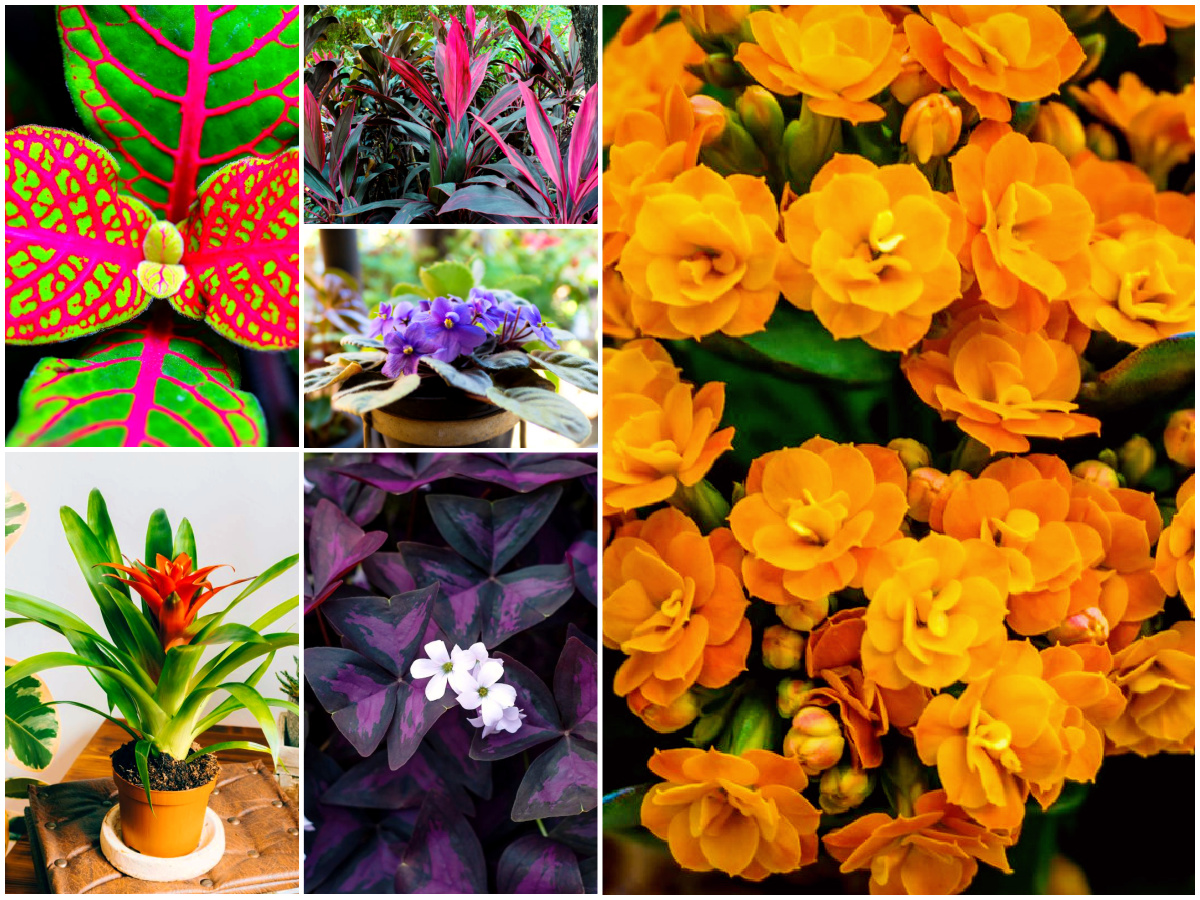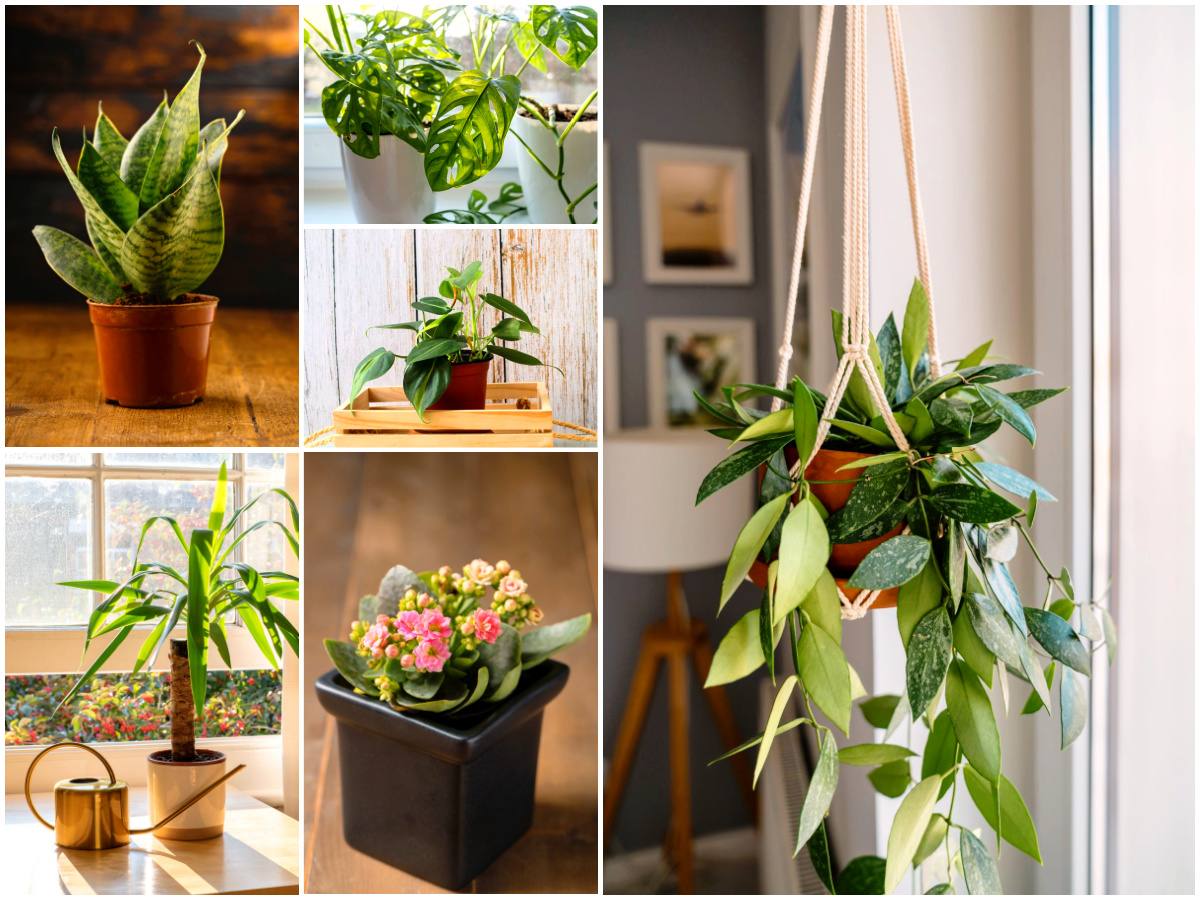For most people, Phalaenopsis orchids are the first thing that comes to mind when they think of orchids, even before the beautiful Dendrobium. Also known as Moth orchid, this species is considered one of the easier orchids and can be found for sale in many places nowadays.
Unfortunately, good information about Phalaenopsis orchid care is not as easily found and there are plenty of myths out there. So how can you help your Phals thrive?
Keep reading for everything you need to know about caring for Phalaenopsis orchids!
| Name(s) (common, scientific) | Moth orchid, Phalaenopsis, Phal, Phalaenopsis sp. |
| Difficulty level | Moderate |
| Recommended lighting | Indirect/medium |
| Water | When dry |
| Soil type | Orchid mix |
Caring for Phalaenopsis orchids
The most important thing to keep in mind when you’re trying to figure out how Phalaenopsis care works is the way they naturally grow. Phalaenopsis is an epiphyte: it isn’t terrestrial but instead grows on trees in warm, moist environments.
This tells us a few very important things:
- Phals aren’t used to direct sunlight, as the tree crowns would naturally block this out.
- Phals like relatively warm environments
- Phals get their moisture from the air and occasional raindrops
- Phal roots are made to clamp onto trees instead of growing in the soil
Did you know? There isn’t just a single Phalaenopsis orchid. The genus contains about 70 species and an infinite number of crosses and cultivars!
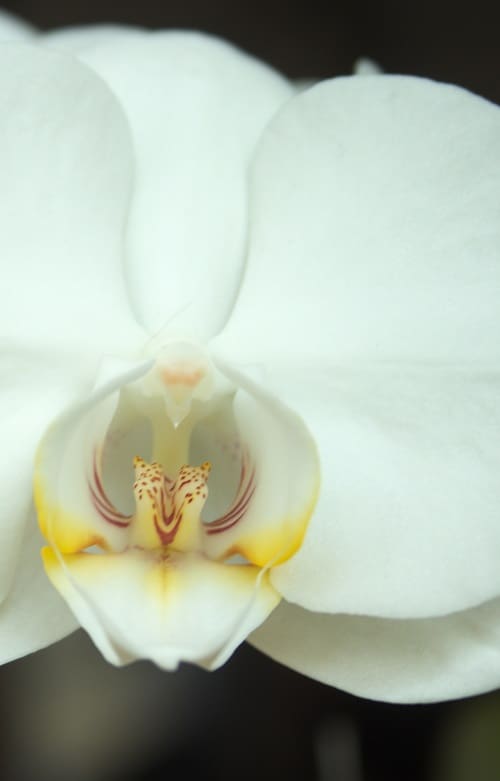
Phalaenopsis location & temperature
Location
Finding a good spot in your house to place your Phalaenopsis can really make a difference in how well they do. As mentioned above, these orchids don’t appreciate direct sunlight at all.
Although I’ve seen reports of Phals doing well near sunny windows, it’s best to protect them from this by placing them somewhere the sun only shines in the early morning or evening.
If you do put your Phals in a sunny spot, a thin curtain can help offer some protection. If you spot their leaves turning yellow, it’s time to find a location with a bit more shade. If the leaves are unusually dark, find a lighter spot!
Temperature
Because Phals naturally occur in warmer areas, a temperature between 62-77 °F/16.5-25 °C is usually considered ideal, although a bit warmer is not a problem. Luckily, this falls well within the temperature range of the average home!
Even being placed near a heater is not a problem for your Phals, as long as the temperature is stable. Drafty areas are not appreciated. Moist areas like bathrooms are a plus, as they further imitate the natural ‘habitat’.
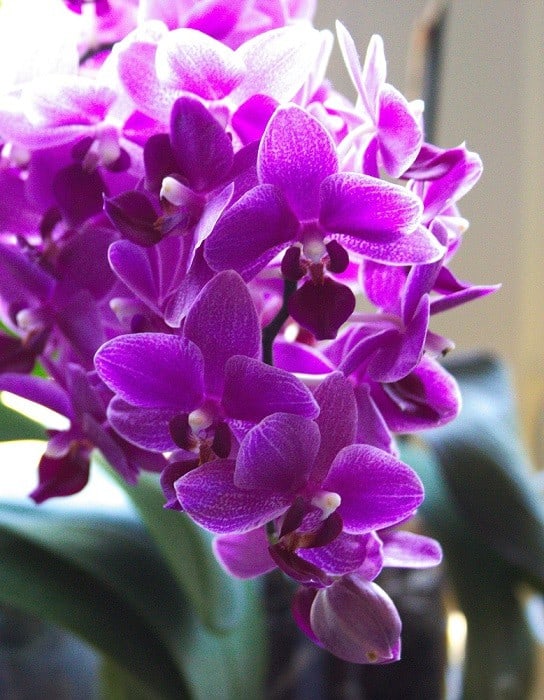
Planting Phalaenopsis
Soil
Because Phals aren’t terrestrial, it’s not a good idea to plant them in standard potting soil. It’s too compact and they much prefer a type of soil that imitates their natural environment.
A loose orchid mix composed of materials like bark or sphagnum moss works well.
Planting
To be able to keep an eye on root growth and easily water your Phalaenopsis, a clear plastic orchid pot with drainage holes is ideal. If you’d like, you can place this inner pot into a decorative outer pot.
If you want to repot your Phalaenopsis, when it has outgrown its container for example, you can do so when it has finished flowering to prevent damage to the flowers. Be careful when repotting. You might find the roots have attached themselves quite firmly to the container, so try to remove them without causing too much damage.
Take some time to inspect the root system and remove any rotting roots. If you see a lot of rot, you may be overwatering.
Tip: Using a clear container allows the roots to assist in the photosynthesis process.
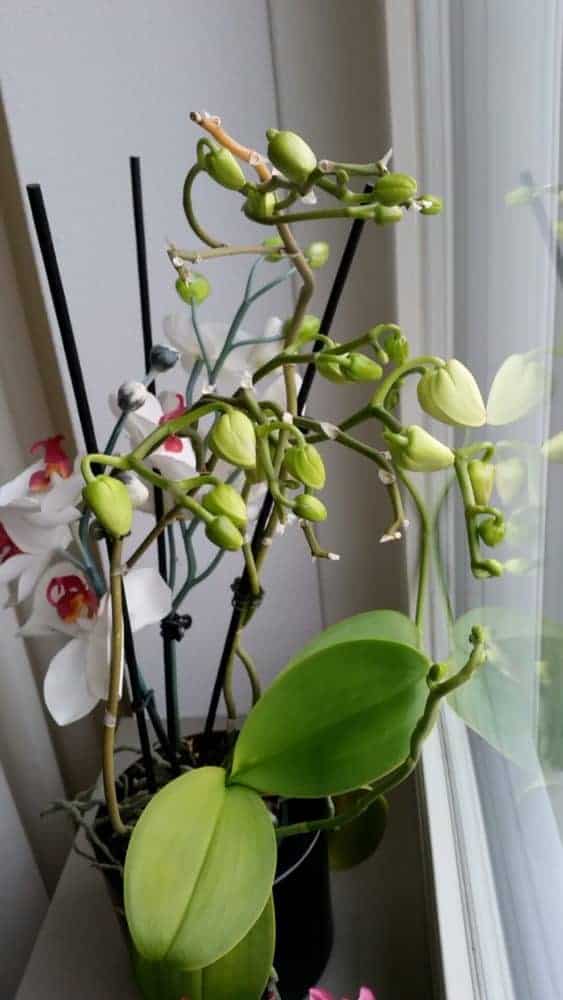
Watering Phalaenopsis
One of the aspects of caring for Phalaenopsis orchids that many beginning hobbyists struggle with is watering. Keep in mind that there is no set schedule!
Watering needs vary by the season. Some things to keep in mind in all cases are:
- Water getting into the leaf crown can cause rot, so it’s a much better idea to soak your orchids by taking out the plastic inner pot and placing it in a layer of water. The orchid mix will soak up the water through the drainage holes, so just leave the plant for as long as needed for it to become nice and moist again and then place it back in its usual spot.
- Because orchids naturally grow in warmer environments, it’s usually recommended to use room temperature water instead of very cold or hot water. Watering your Phals using ice cubes is not necessary at all.
- Orchids, and most other houseplants, appreciate slightly softer water. If you have access to it, rain water is the best option out there. If not, tap water is fine as well.
When your Phals start to dry out, it’s time to water them again. How quickly this happens depends on factors like the potting medium used (moss dries out less quickly than bark) and season (less water is needed during Winter).
You can see whether water is needed by looking at the roots. If they are grey, they require moisture. If your pot isn’t see-through, you can also carefully stick a wooden skewer into the potting mix and see if it comes out dry or not.
Generally, it’s better to under-water your Phalaenopsis than over-water them. Over-watering is the cause of death of many an orchid. The roots will start rotting and the plant will waste away.
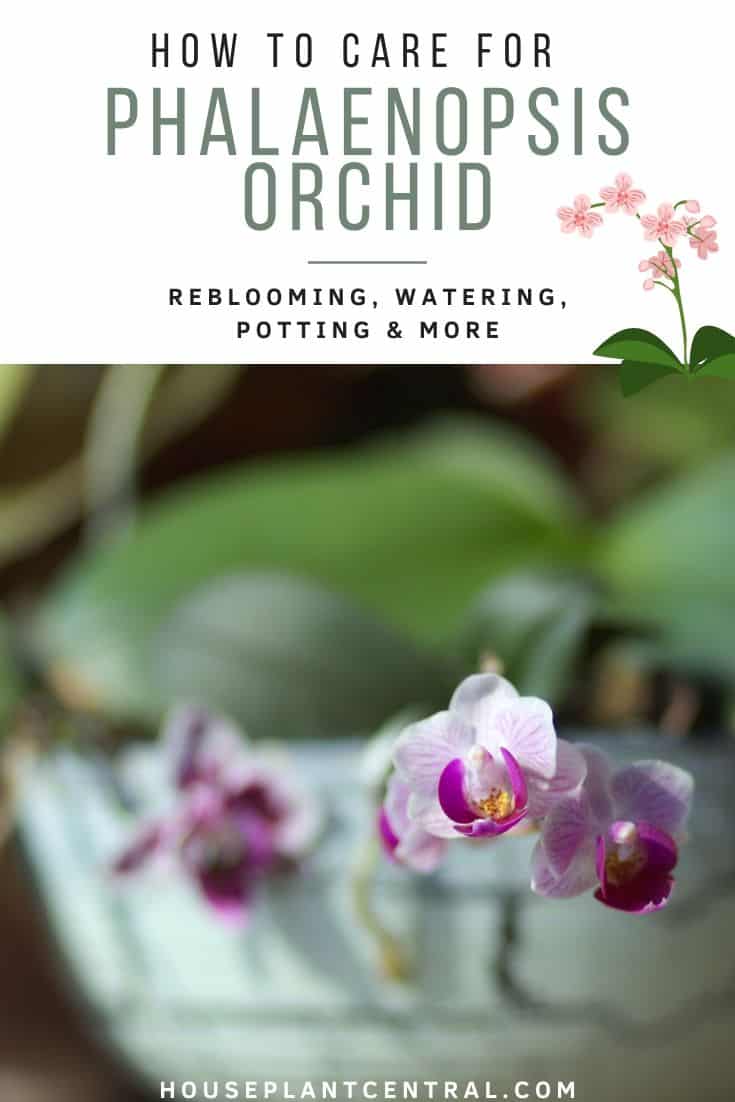
Feeding Phalaenopsis
Phals don’t need a lot of fertilizer, so if you’re using a normal houseplant fertilizer be sure to halve the dose. You can also use a special orchid fertilizer, which has adjusted nutrient ratios that are suitable for orchids.
Many articles about Phalaenopsis orchid care say to feed them weekly, but once a month is actually usually enough!
Making Phalaenopsis flower
Phalaenopsis have an incredible blooming time and healthy Phals will bear flowers for most of the year. If yours has finished blooming, you can stimulate it by cutting the stem at the second or third node from the bottom.
Cutting the stem isn’t necessary (unless it’s dead or dying), but will help the plant conserve energy to bloom again. If you’re not having much success, you can also move your Phal to a colder place for a few hours. This sudden drop in temperature can make the plant think it’s time to bloom.

Propagating Phalaenopsis
Propagating a moth orchid is not really possible using normal methods like stem cuttings due to the way these plants grow. That doesn’t mean you won’t be able to multiply your plant, though: you just have to be patient!
Professional orchid growers propagate their Phalaenopsis using tissue culture or by growing them from seed, but this is unfortunately a bit challenging in the home. Instead, the easiest way to go is to wait until your plant grows keikis.
Keikis are basically copies of the mother orchid that appear along her stems. They look just like normal moth orchids, except tinier, with a root system and everything.
In order to propagate your Phalaenopsis using a keiki, first leave the plantlet to grow on the mother plant for a while. You want it to have a few leaves of its own and a nice root system to work with! Once the keiki seems ready, just sever its connection with a clean and sharp knife and pot it up in a normal Phalaenopsis soil mixture.
That’s all! You now have a brand new baby moth orchid. Because the keiki already has roots, it should keep growing as usual.
Are Phalaenopsis orchids toxic to cats and dogs?
No! The ASPCA and other sources list Phalaenopsis as safe for both cats and dogs.

